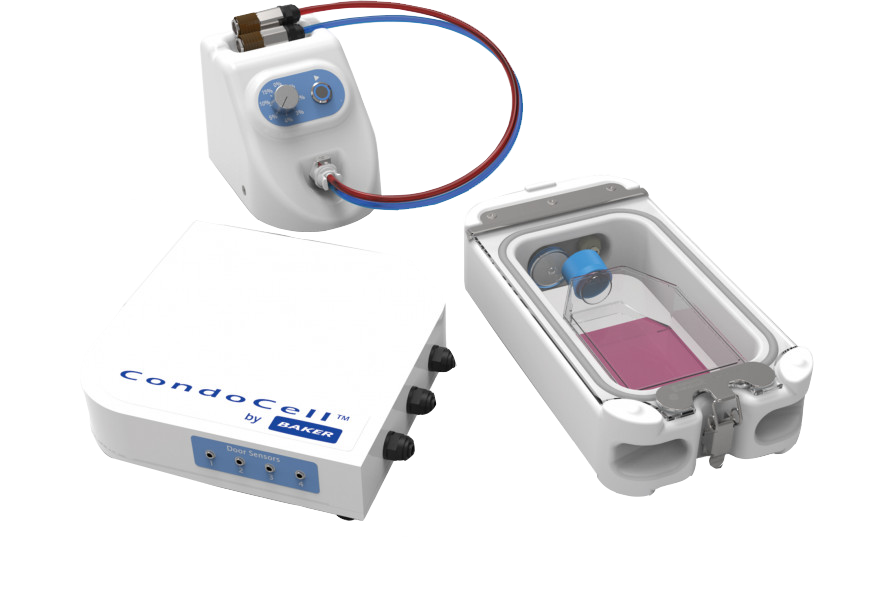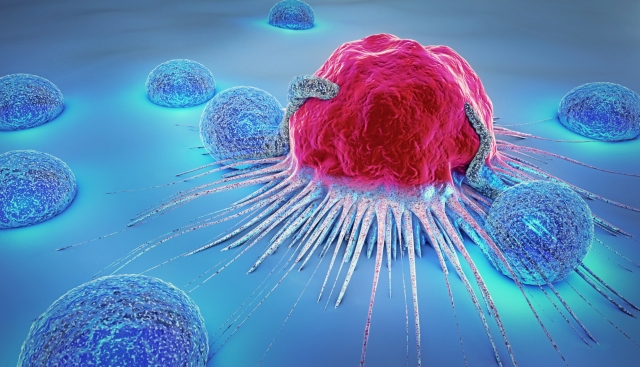System Used:
CondoCell

 Cancer micro-environments are essential in understanding cancer malignancy and can provide accurate insights into how therapies targeting tumors may respond. Looking into these micro-environments further, Scintica Instrumentation’s cellular oxygen expert, Justin Croft, teamed up with custom media specialist, Annie Cunningham, of InVitria to publish the article “How modern hypoxia chambers and chemically defined media are changing the face of cancer research” in American Laboratory and LabCompare.
The article itself provides numerous justifications for why cancer investigators should recognize the importance of all micro-environments in their perspective studies. While this article is certainly topical for in vitro cancer-based researchers, it should also prove to be insightful for any cell-based investigators as well.
Information contained in the article includes:
Cancer micro-environments are essential in understanding cancer malignancy and can provide accurate insights into how therapies targeting tumors may respond. Looking into these micro-environments further, Scintica Instrumentation’s cellular oxygen expert, Justin Croft, teamed up with custom media specialist, Annie Cunningham, of InVitria to publish the article “How modern hypoxia chambers and chemically defined media are changing the face of cancer research” in American Laboratory and LabCompare.
The article itself provides numerous justifications for why cancer investigators should recognize the importance of all micro-environments in their perspective studies. While this article is certainly topical for in vitro cancer-based researchers, it should also prove to be insightful for any cell-based investigators as well.
Information contained in the article includes:
- Some key issues with growing cells in sub-optimal conditions.
- How growing cells in a physiologically “natural” media plays a role in controlling specific cell types and end intentions of a study.
- How growing cells in physiologically relevant atmospheric conditions is key to a variety of cellular processes which are essential to understanding cancer and tumor biology.
- Examples looking at how media and atmospheric micro-environments can alter studies looking at the human immune system and cancers in particular.
